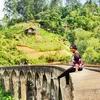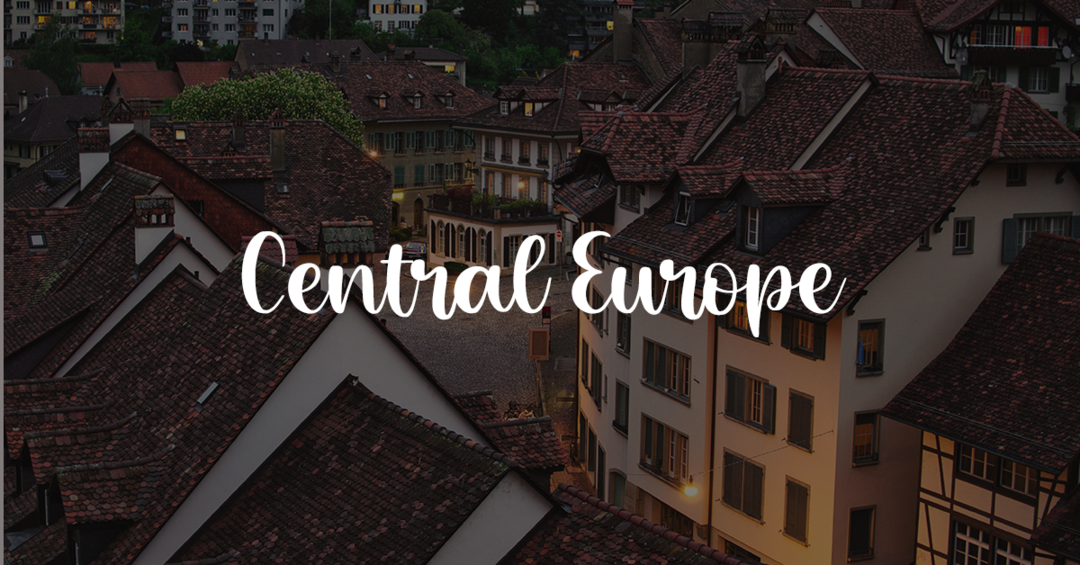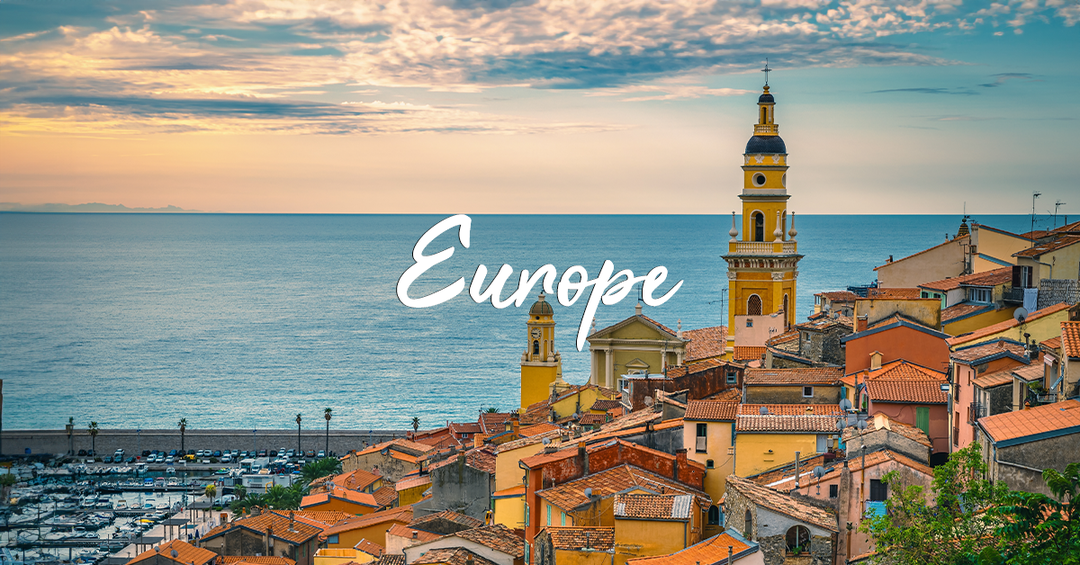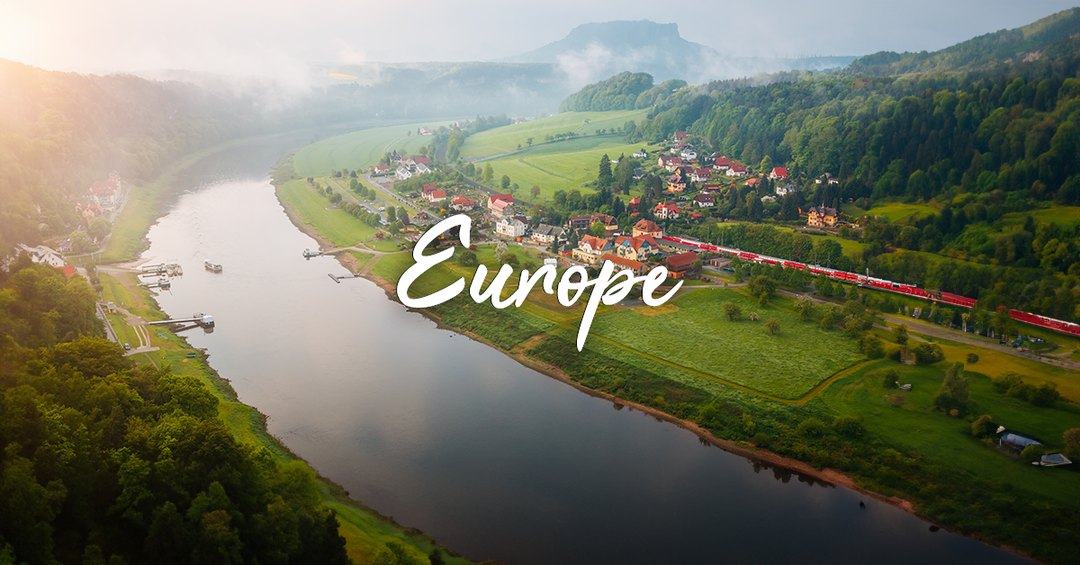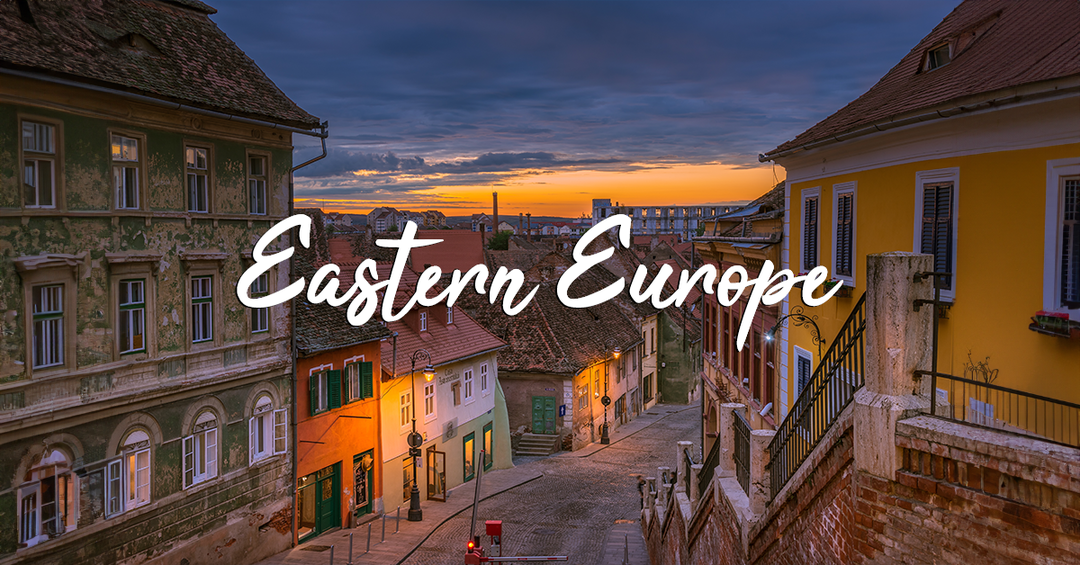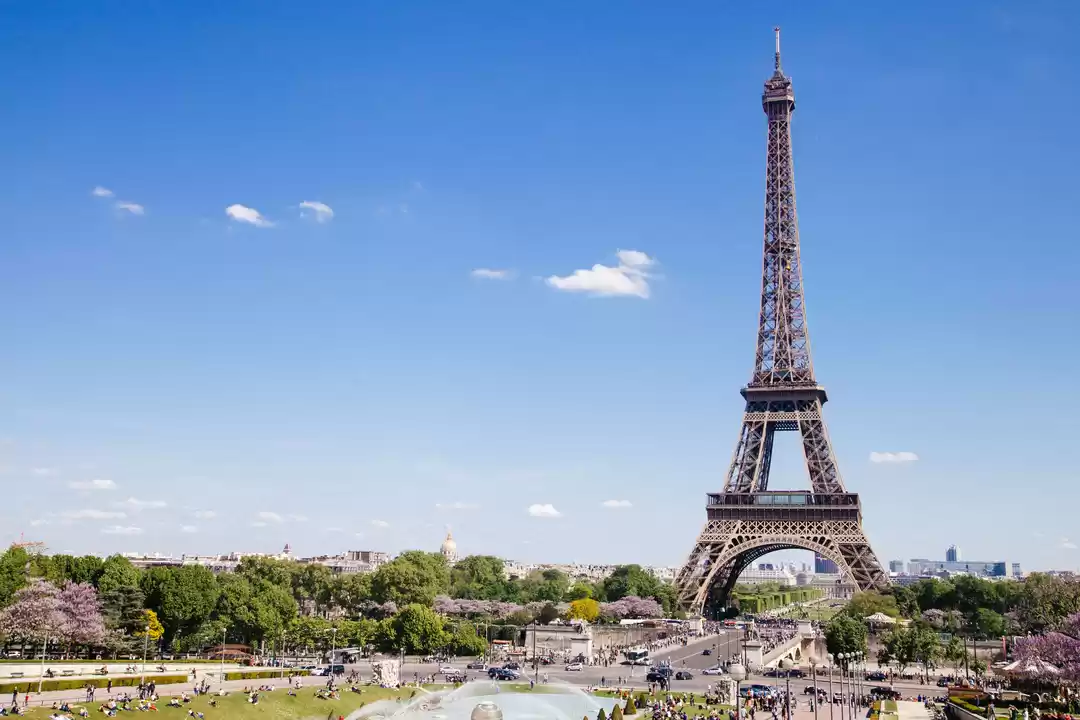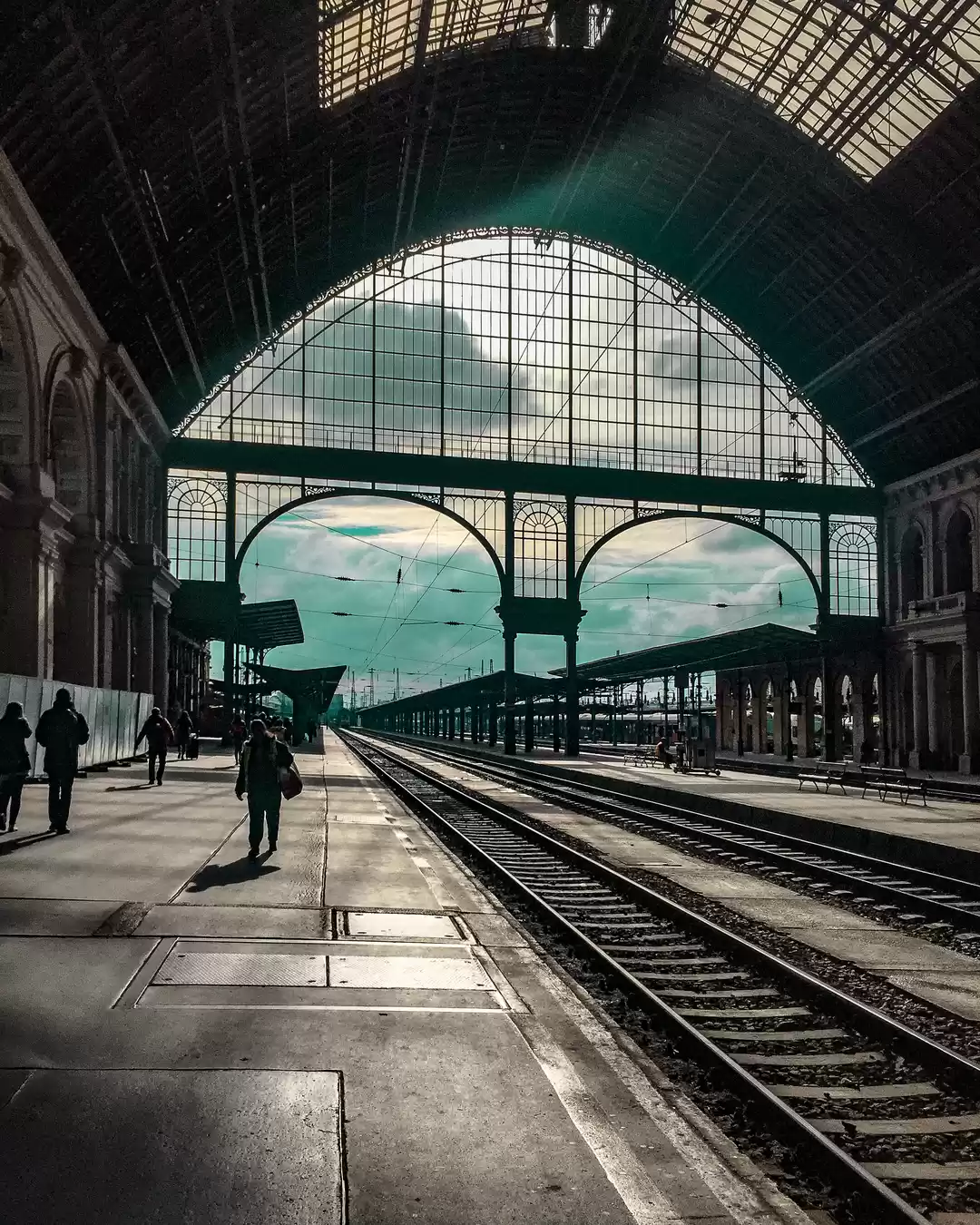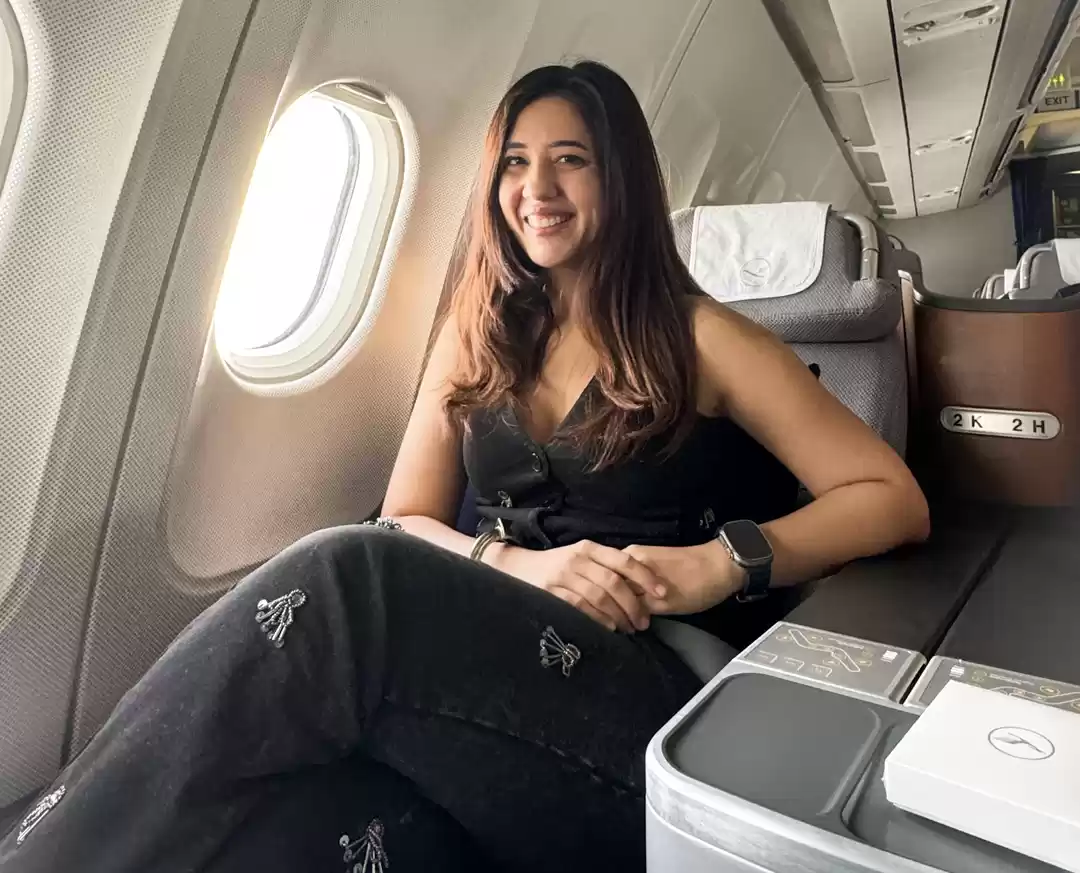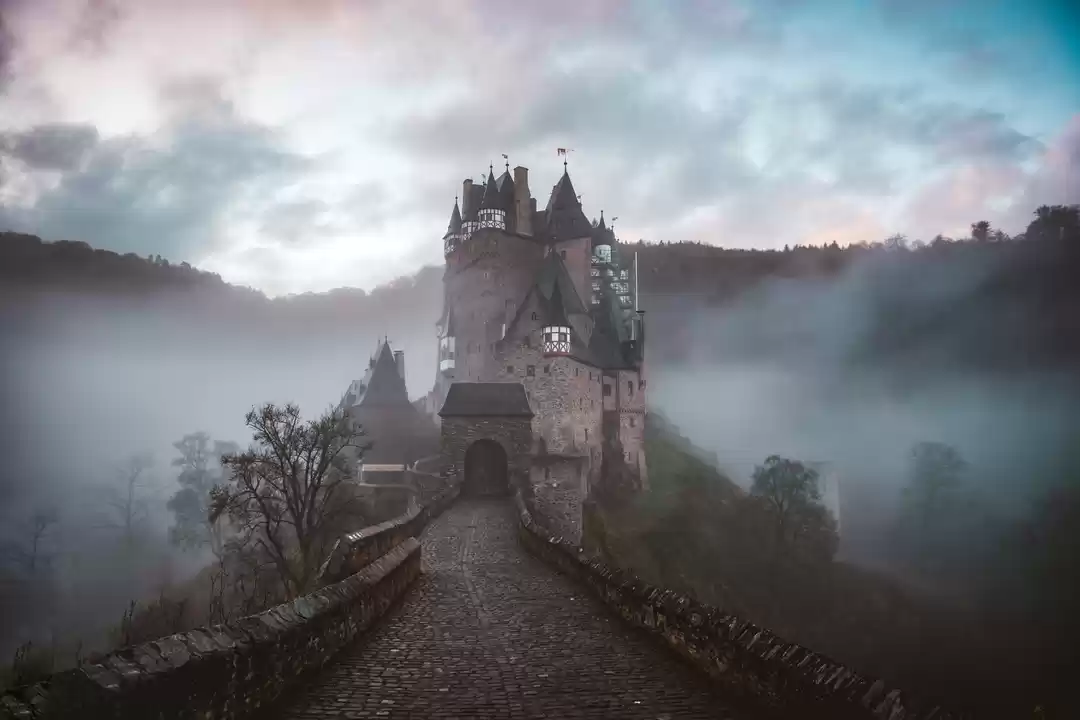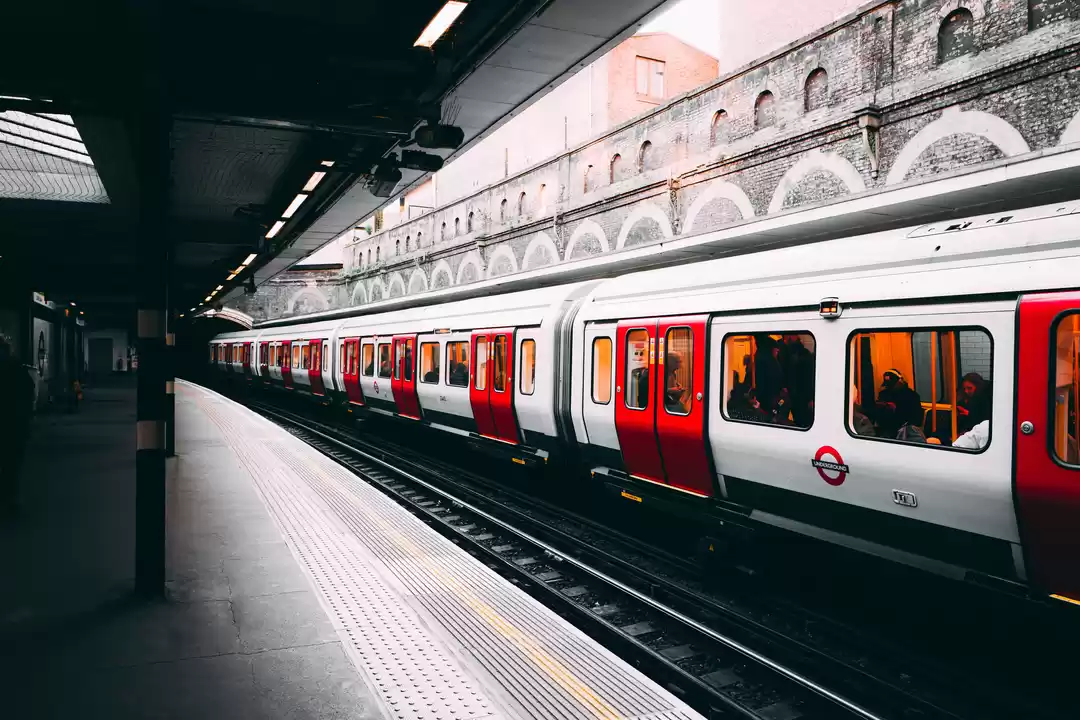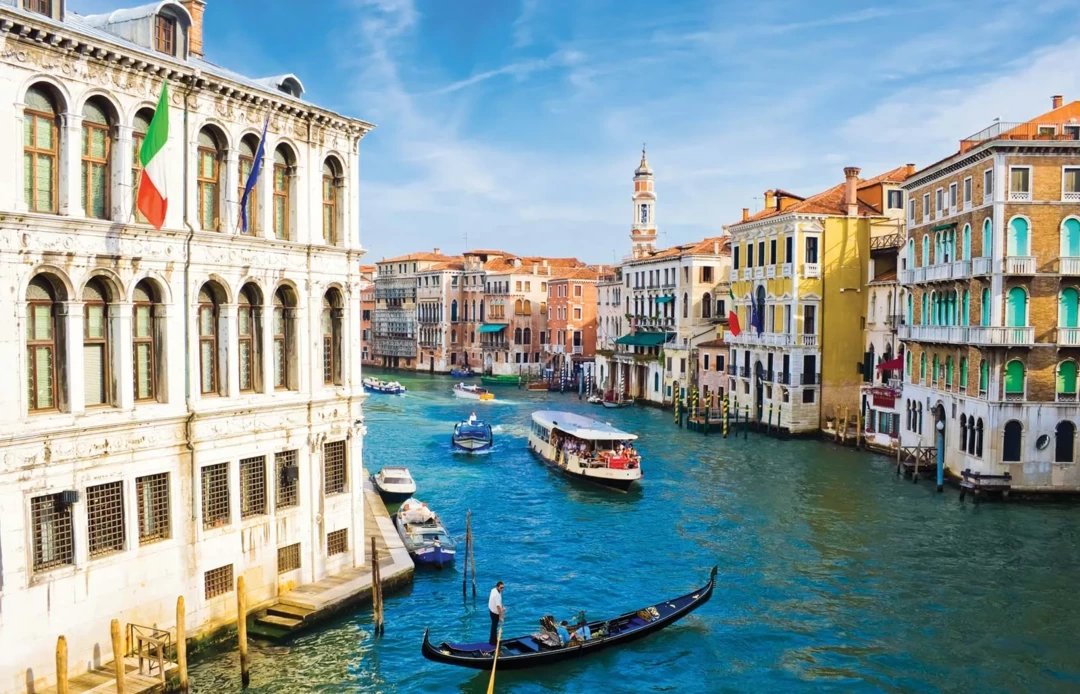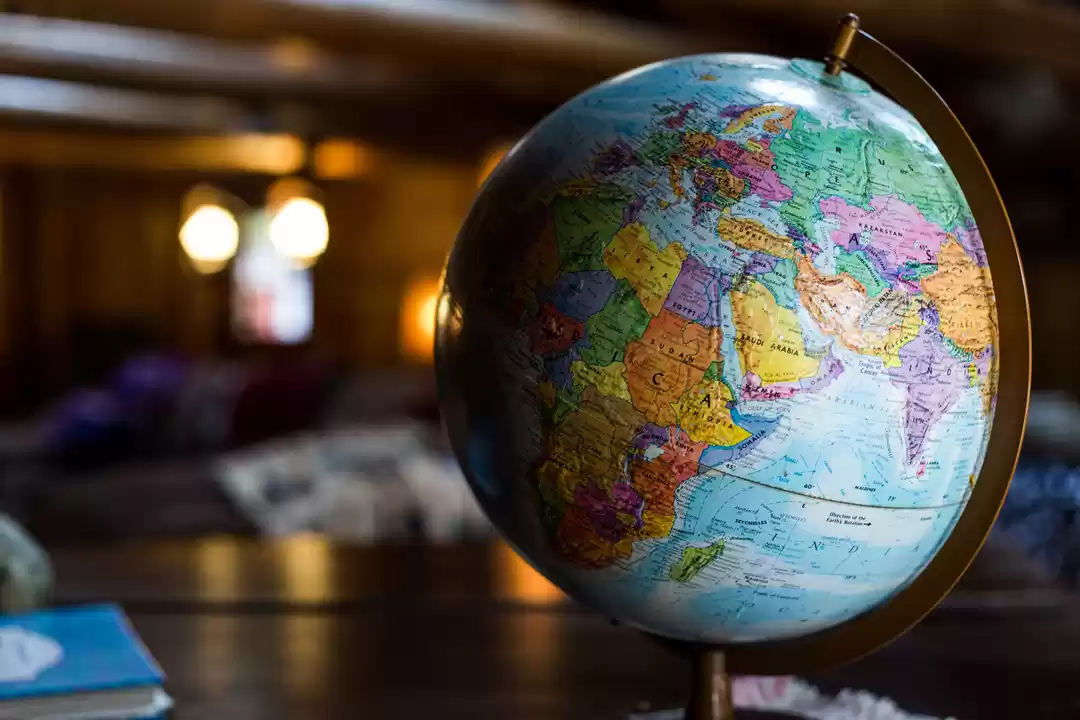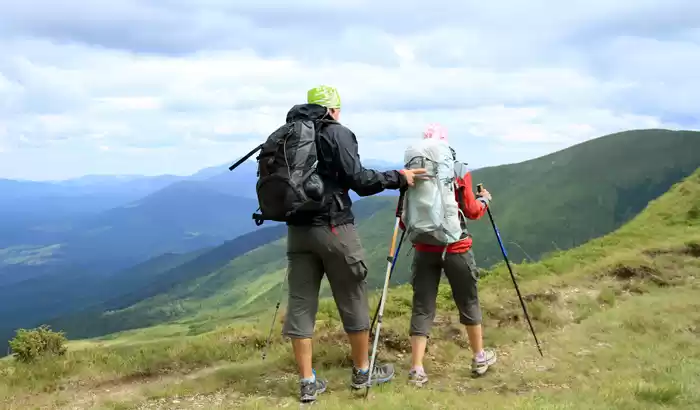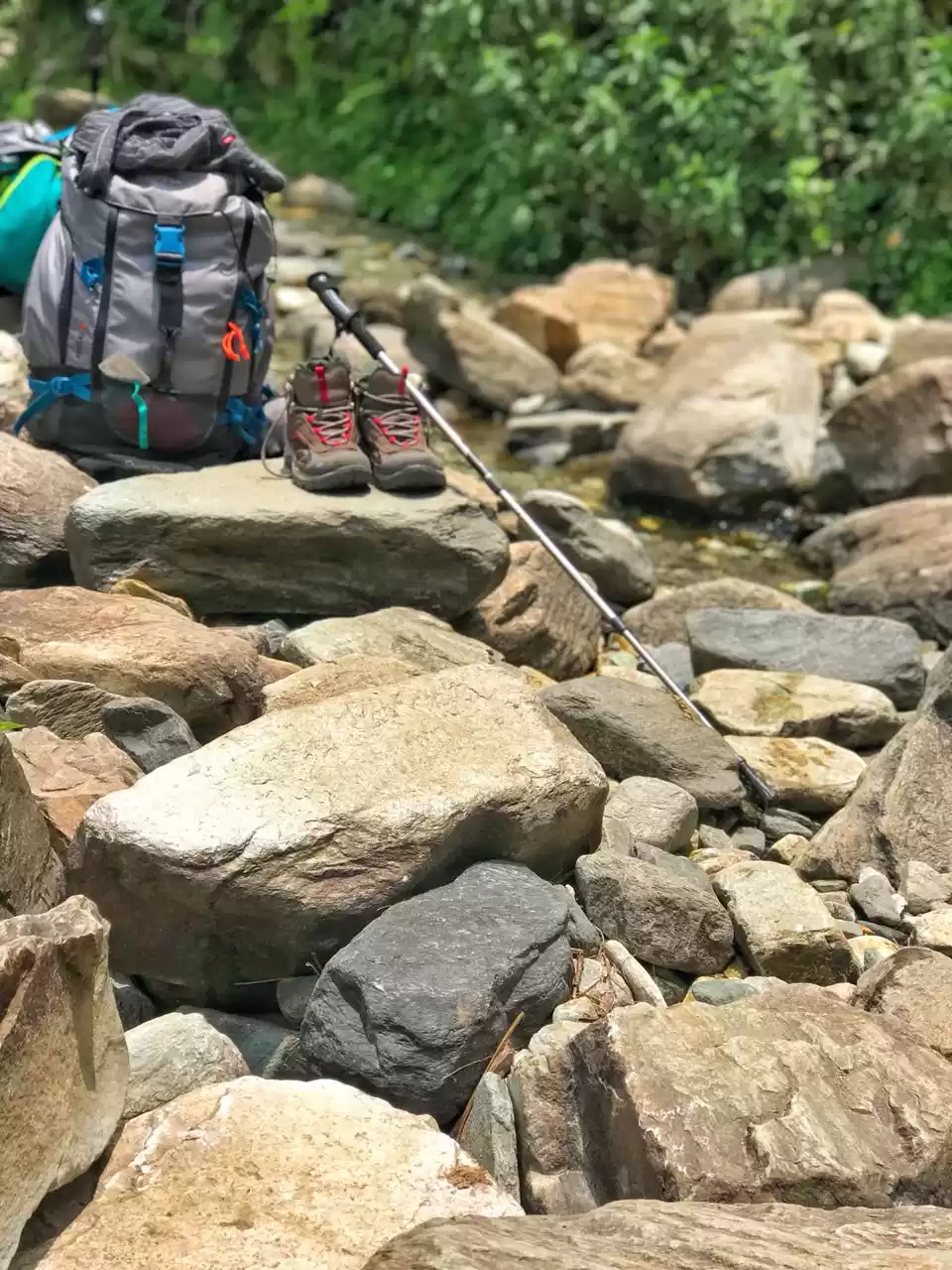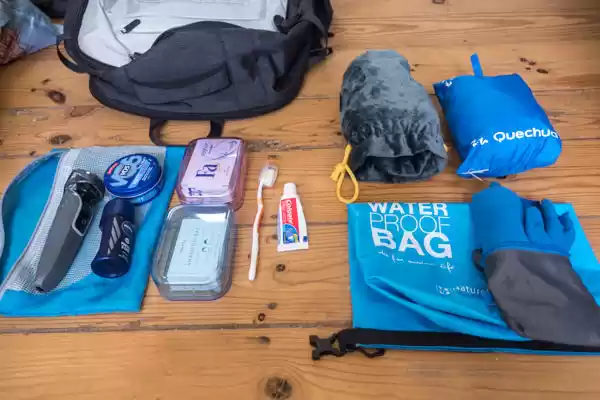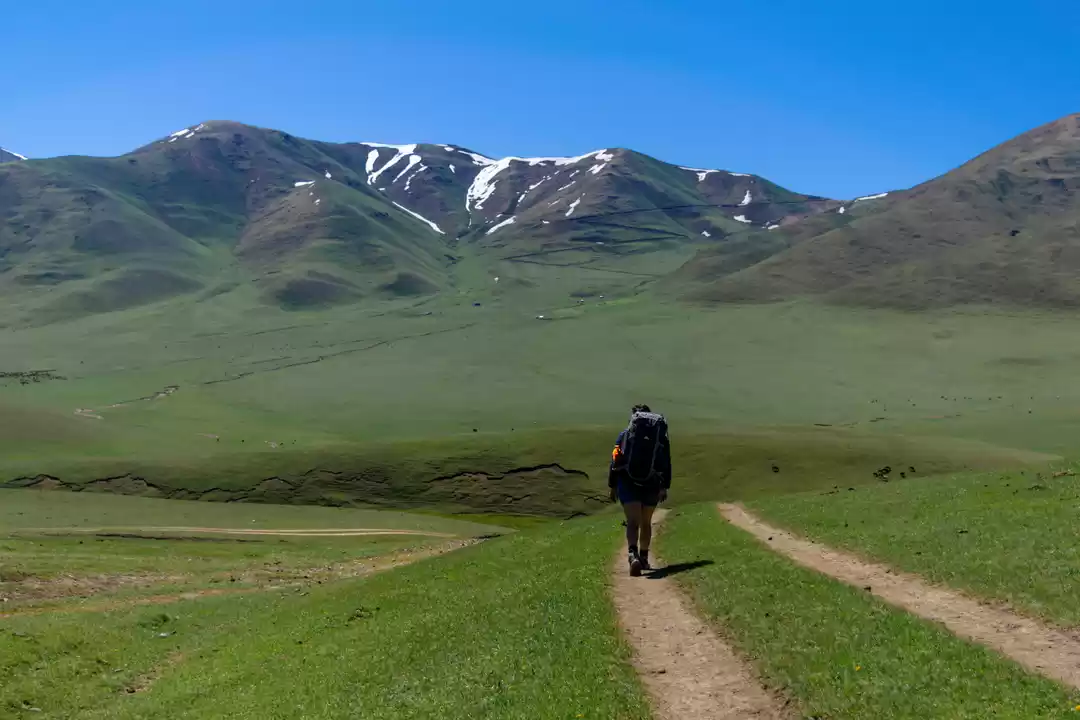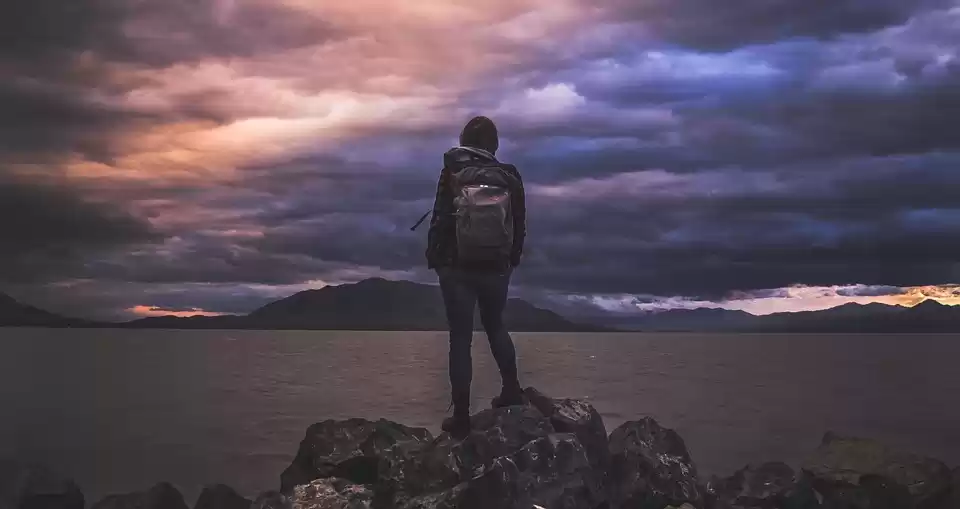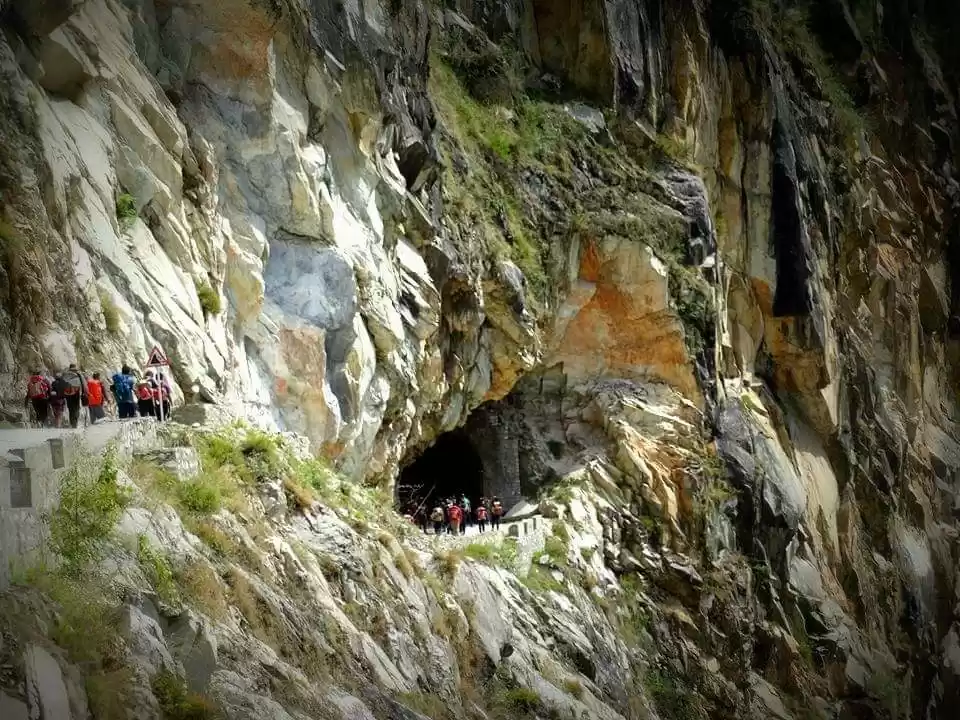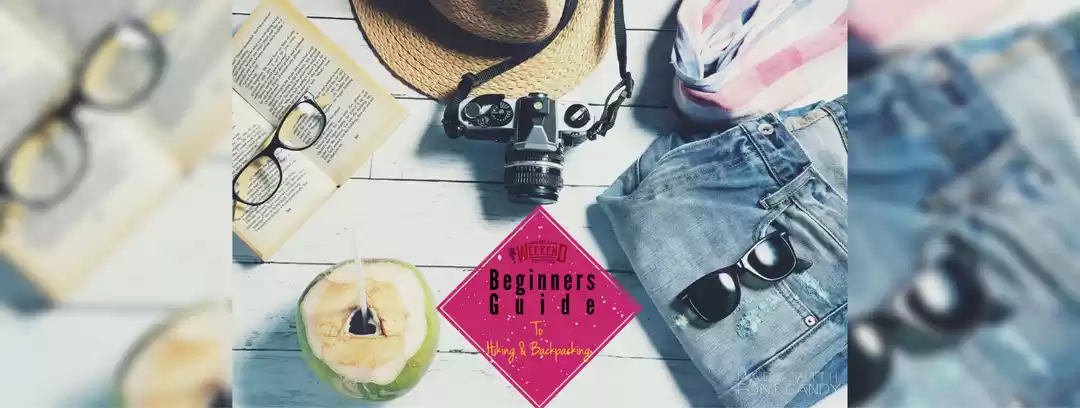If you're reading this article, it means that you've switched to try out a different travelling style, unlike the stereotypical leisurely vacations!If you haven't switched to trekking yet, find out Why you should go on a trek right away! Packing for your first trek as such is quite different from your usual packing style. Firstly, remember, you are required to carry your luggage in a backpack for the entire trip, so the weight of what you're carrying determines how easily you can pull the trail off. Secondly, be minimalistic! The fancier things you pack, the heavier your backpack will be.
1). Moderate-Weather Trek
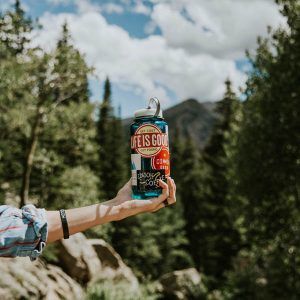
Portable charger
Although, there are bleak chances of you getting any network. You'll need a portable to keep that camera/ camera phone/ torch running.
Recommended Brand/ Product: Chroma/Intex
Money
Even though a natural escapade has no stores or hawkers, carry sufficient cash, and split and pack it into different pockets of your trousers/backpack. You may never know when you might need to pay another person during unforeseen events.

Energy Food
Albeit all the meals the trekking organisation provides you, instant Energy foods/drinks are necessary. Carry Glucose powder, energy bars, Dates, Dried Fruits, and sugar-candy to keep you going during the trail.
Recommended Brand/ Product: Ritebite, NatureValley
Extra pair of clothes
Keep Pair#1 for walking the trails, allow it to absorb all the mud/dirt on the way. Keep Pair#2 to have a clean set to change too for a sound sleep. Change back to Pair#1 for the next day's trail. Also, if you happen to get drenched during a rain or while crossing a stream etc, It's always better to have a dry pair of clothes to change into.
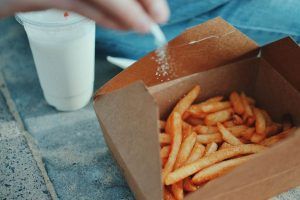
First Aid Kit
(and your regular prescribed medicines) Basic wound dressing first aid kit should suffice. An antiseptic, cotton wool etc.
Sunscreen/Hat/Sunglasses
Most hikes happen in daylight, and trekkers tend to rest after sunset. This pertains to expose you to a lot of solar radiation during your hike. In spite of carrying hats, umbrellas and sunglasses, I advice using a cosmetic sunscreen.To protect you from tanning, sunburns and dangerous UV rays.
Recommended Brand/ Product: VLCC SPF70/ Amway Spf 45
Toilet kit
Toilet Paper, Toothbrush, wet and dry tissues and sanitizer.
Insect (Mosquito) Repellant
To protect you from the bloodsuckers and nasty stingers out there in the wild.
Recommended Brand/ Product: Odomos Spray / Odomos Non-sticky gel
2). High Altitude &/or Sub-Zero Trek
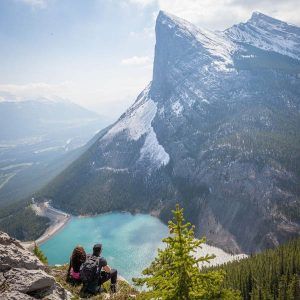
Thermals(2 sets )
Recommended Brand/ Product: Wedze
Woollen Socks
(Avoid wearing them during the trail, use only at the campsite. Use cotton Socks for walking. )
Fleece Gloves
50+ SPF Sunscreen
( Apart from direct solar radiation, a lot of rays land on your skin due to reflection off snow patches, this may give you severe sunburn, and, you may not even feel the pain and burn until you decent back to normal temperatures)
Recommended Brand/Product : Quechua , Wildcraft , NorthFace
Diamox
(For high-Altitude, low oxygen density areas. Although they're general medicines; Consult your physician before buying them)
Snow Goggles
( They protect your eyes from chilly winds, apart from keeping them UV safe) Recommended Brand/ Product: Orao/Wedze
Gaiters
(Hiking trails are not generally paved and concrete roads, they have loose pebbles, dust, and at times, knee deep snow. Under those circumstances, use a gaiter to help you walk hindrance free.)
Recommended Brand/ Product: Quechua
Crampons
( A good trekking shoe comes with good grips, but, with attention to frozen surfaces, even the best of the shoes tend to slip. Crampons have metal studs to help you maintain a better grip. Mostly, your trek organizer will provide these if needed )
Important Packing Tips :
Pack heavier things closer to the spine and lighter away.
Stick to the packing style you choose to pack for your first trek, as this will help you be well versed in where you've what. You'll not have to pull out everything over and over again to look for missing(when you forget where you packed something) goods.
Keep a handy list to help you remember the same. Also, arrange all your goods such that things you'll need at the campsite only, are packed farther away and things like snacks and first aid kits with a way to quickly access.
Ask a helper at the store, wherever you bought the rucksack, to guide you about the specific uses of certain elastic ties and pocket sections in the bag. There are ties and clips for you to assemble your sleeping mat/bag, hiking pole, water bottle nets etc...
Choose to wear cargo pants, and pocketed-outerwear, you can distribute about 1 to 2 kg weight of goods across them.To put it differently, wear clothing that doubles as spaces for carrying your goods.
In the final analysis, always remember the golden rule: Lighter the backpack, better your experience will be.

